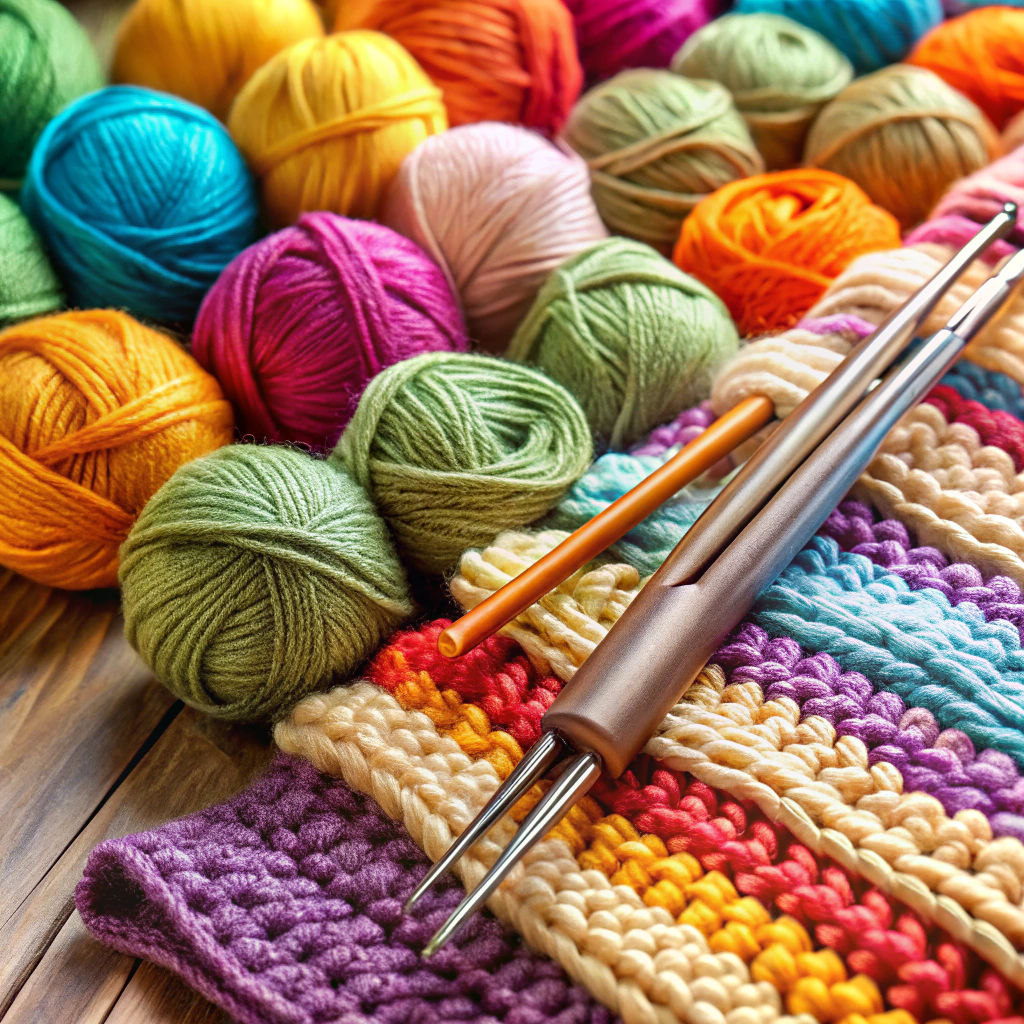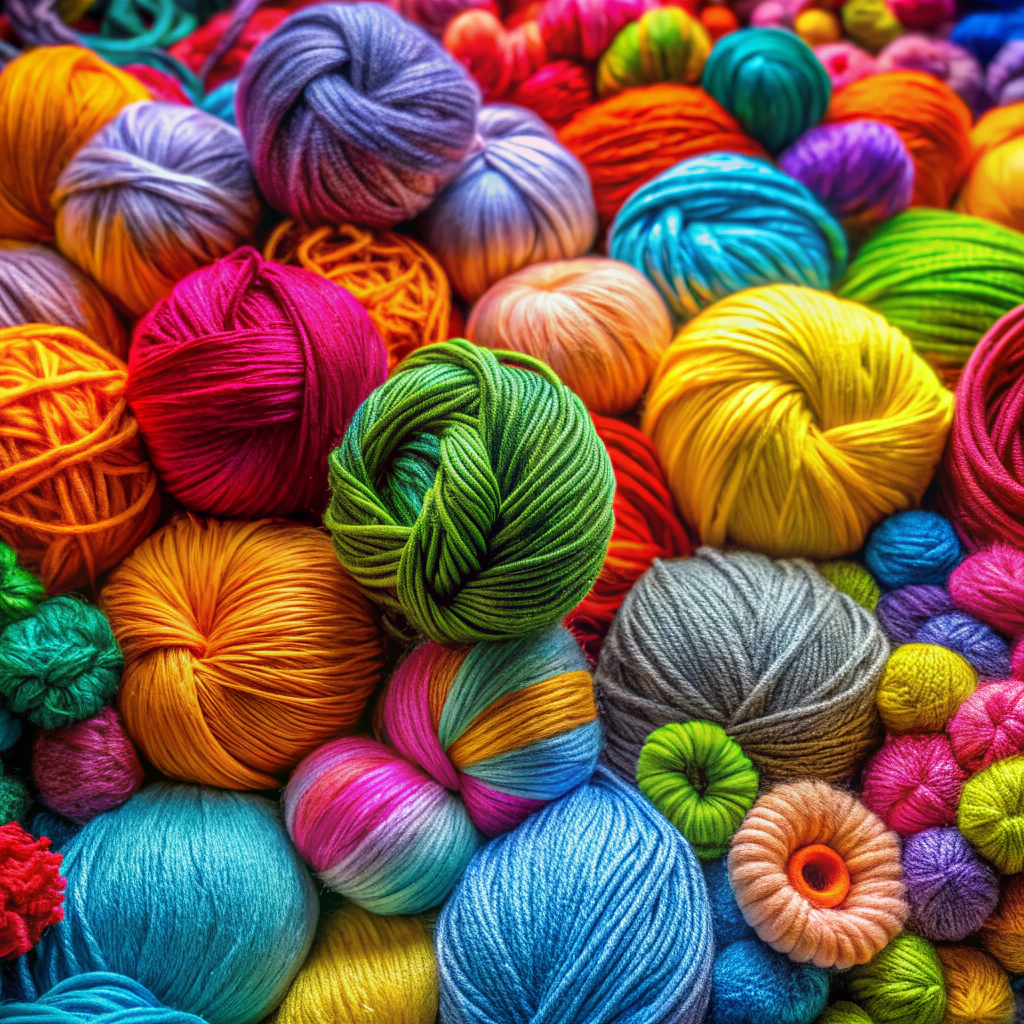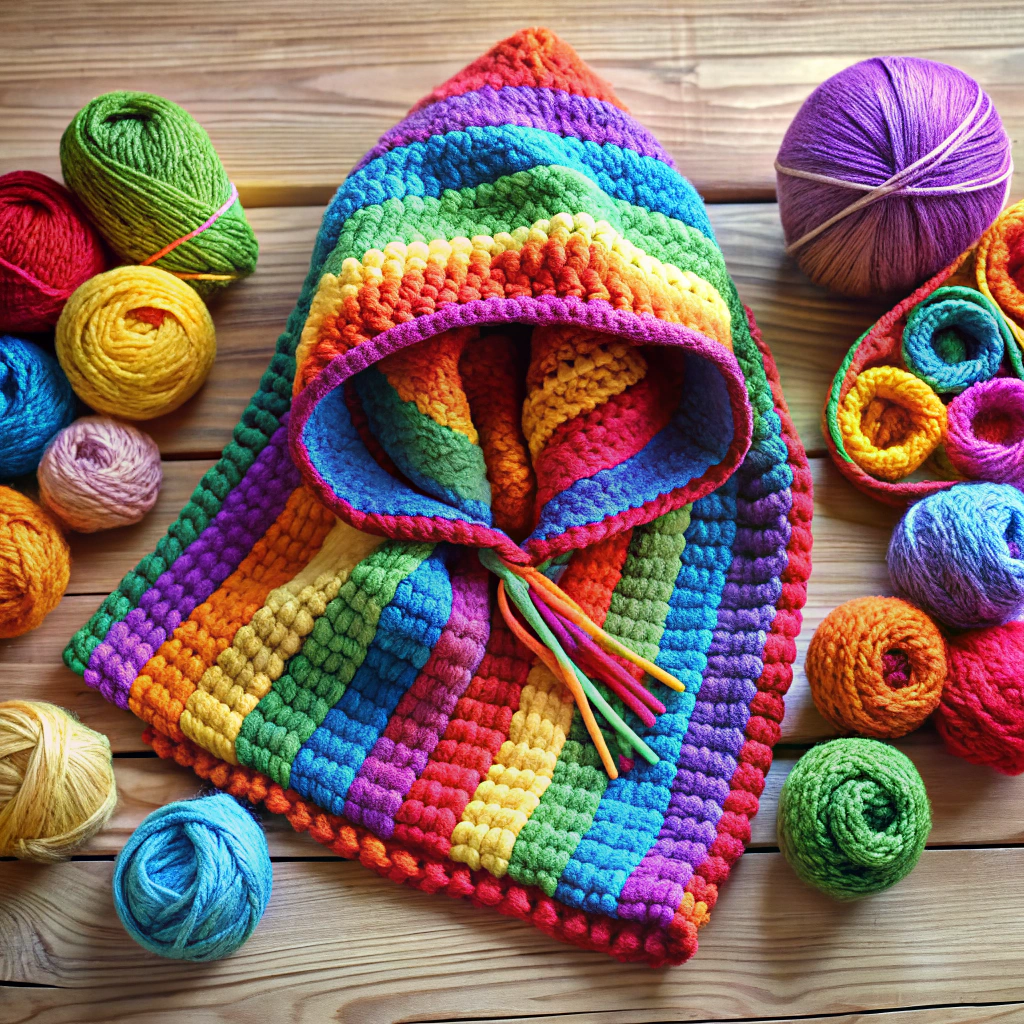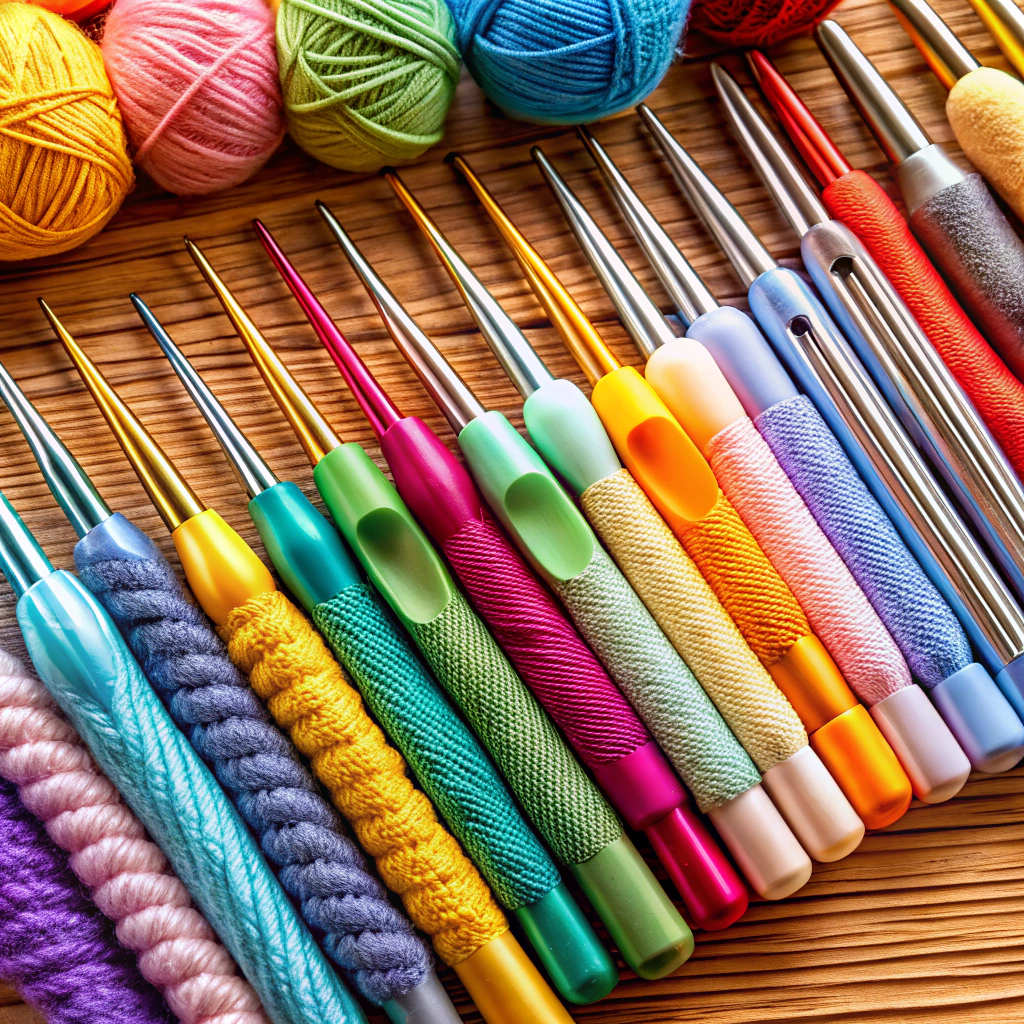Find out how long it typically takes to crochet a blanket and what factors can affect the time needed.
Ever wondered if you’ll finish crocheting your blanket before the next ice age? The answer hinges on a few fun factors like the blanket’s size, yarn thickness, and stitch complexity. Whether you’re whipping up a cozy baby snug or embarking on a king-sized marathon, we’ve got the nitty-gritty all stitched up for you. And hey, even if you’re just starting, don’t worry—mistakes are just part of the charm!
Key takeaways:
- Size of the blanket determines the time investment.
- Thicker yarn means faster progress, finer yarn takes longer.
- Simple stitches speed things along, complex designs take more time.
- Baby blankets can be done in a few days, king-sized blankets take months.
- Beginners can crochet a blanket, start simple, be patient, embrace mistakes.
How Long Does It Take To Crochet A Blanket?
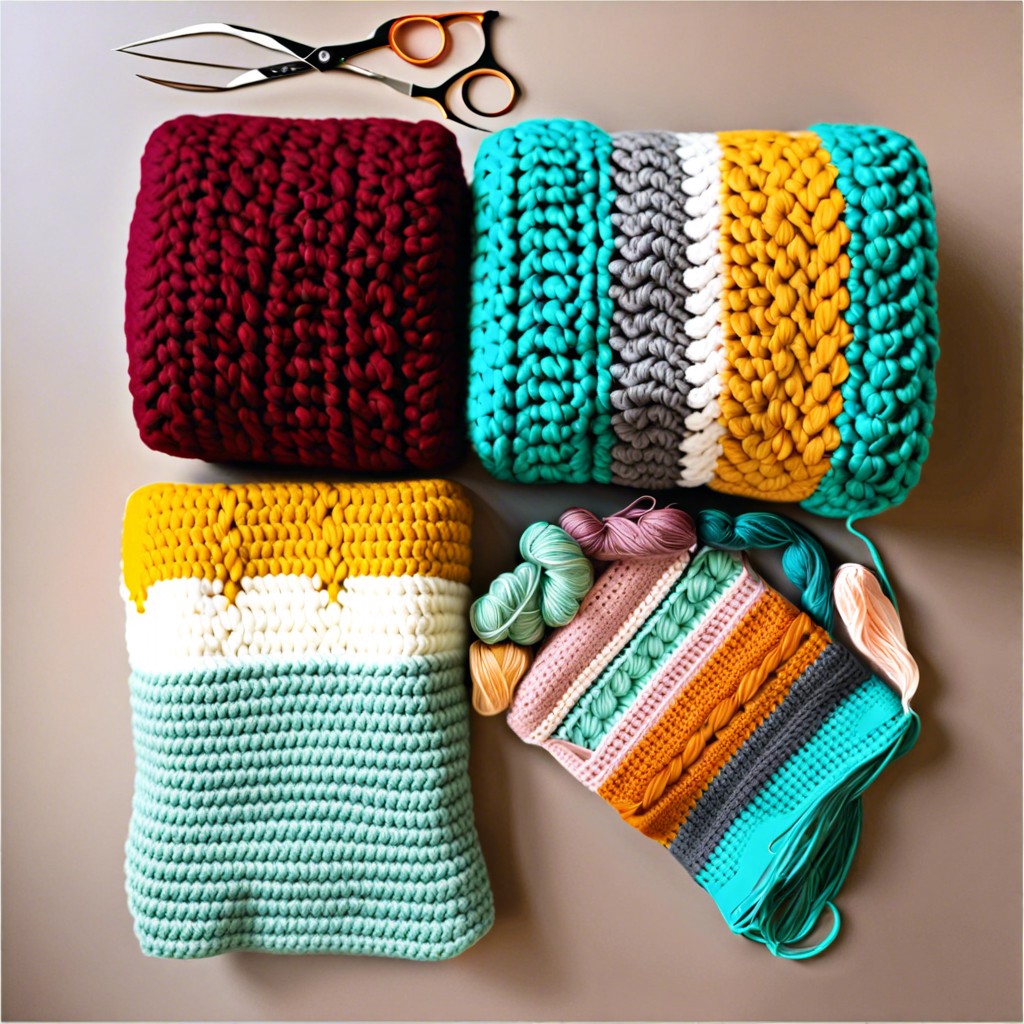
They say Rome wasn’t built in a day, and neither is a cozy crochet blanket. The time it takes to crochet one can make you feel like an old-timey artisan, minus the toga!
First, think about the size. A baby blanket can take just a few days, while a king-size spread might have you crocheting well into your next Netflix binge.
Then there’s yarn thickness. Chunky yarns mean less work but more warmth, while thin yarns might test your patience – and your eyesight.
Also, consider the pattern. Simple stitches speed things along. Just basic stitches and you’ll be draping your new creation over your couch in no time. Complex designs might feel like a crochet marathon.
But hey, your masterpiece will look fabulous, so it’s worth it.
What Factors Influence the Length of Time It Takes To Crochet a Blanket?
Size matters! No surprise here—if you’re making a king-size blanket, you’ll need more time than crafting a tiny baby blanket. Think of it as the difference between a binge-worthy TV series and a blockbuster movie.
Yarn thickness is like the plot twist you didn’t see coming. Thicker yarn and larger hooks mean fewer stitches and faster progress. Conversely, finer yarns and smaller hooks mean you’ll be spending some quality time with your project.
Complexity of the pattern can either be your best buddy or your biggest frenemy. A simple stitch like single crochet goes by quicker than an intricate lace pattern. Fancy stitches look fabulous but can be time-consuming and require more attention. Not what you might want if you’re trying to crochet and catch up on your favorite show simultaneously.
Size of the Blanket
The dimensions of your project play a significant role in determining the time you’ll invest. Think of it like this: A cozy baby blanket is like a quick jog in the park, while a king-sized behemoth is more akin to running a marathon… with yarn.
Larger blankets mean more rows and stitches. More rows and stitches mean more time crocheting. It’s pretty straightforward—more yarn equals more hours.
A lap blanket or baby blanket might take you anywhere from a few days to a couple of weeks. Mid-sized throws could stretch that to weeks or even a month. Queen and king-sized masterpieces? Be ready to hunker down for a few months, particularly if you’re only crocheting in your spare time.
So, before diving in, decide: Are you sprinting or going the full distance?
Yarn Thickness
Ever tried to stitch a blanket using sewing thread? Didn’t think so. Yarn thickness, or weight, is your trusty sidekick—or nemesis—in the race to Blanket Town. Thick, chunky yarn can be your best friend if you’re in a hurry, while finer yarns will have you crocheting until the cows come home.
Here are some quick points to keep you in the loop:
Thicker yarns, like super bulky or jumbo, work up faster because each stitch covers more real estate. Think less “couch potato” and more “sprinter.”
Finer yarns, like sport or fingering weight, require more stitches for the same blanket size. It’ll feel like you’re crocheting a thousand tiny marshmallows.
Thicker yarn means easier gripping and fewer stitches, which is great if carpal tunnel is scaring you off.
Bulkier yarns are excellent for keeping cozy in the winter, meaning you’ll be finished just in time to collapse under your wooly masterpiece.
Choosing yarn thickness can also affect how readily available the yarn is and how much it costs. Bulky yarns might cost more but save you hours, so pick your poison.
Matching your hook size to your yarn thickness is key. Seriously, don’t try jamming a thick yarn onto a tiny hook unless you’re into futile endeavors.
Your yarn’s weight category can drastically change the completion time of your blanket, so remember, size does matter.
Complexity of the Pattern
The number of knots pulling at your crochet hook can make a world of difference. Simplicity reigns supreme with single crochet stitches—think of them as the wallflowers of the crochet world, straightforward and predictable. Advanced stitches like the intricate shell or the fancy bobble, however, are the divas, demanding more of your time and attention.
Complexity doesn’t just hog time, it guzzles it. Amazing motifs, intricate lace designs or a lovely tapestry crochet pattern can bump up your completion date from next weekend to, well, let’s just say you’ll have time to binge-watch a whole series. Maybe two.
Have trouble sticking to the same pattern for weeks? You might get crocheted-out halfway through a complex design faster than you can say “granny square.” Keep it simple if you want quick results. Meanwhile, complex patterns turn into mesmerizing projects you’ll be proud to brag about—and they make great conversation starters until you can finally hide under them.
Estimated Time Frames for Different Sizes of Blankets
For a baby blanket, you’re looking at around 20-30 hours of crocheting bliss. These small wonders are quick and adorable, perfect for a weekend project if you have some spare time.
A lapghan, which conveniently covers your legs while binge-watching the latest series, might take around 40-50 hours. Patience is key here but imagine the cozy reward.
Twin-sized blankets, because yes, even your nap needs a partner, typically clock in at about 60-80 hours. Grab a comfort snack, you’ll need it.
A queen-sized blanket is a majestic undertaking, usually needing around 100-120 hours. Think of it as your grand masterpiece, a crochet crowning glory.
King-sized blankets, the royalty of crochet projects, can take anywhere from 120-150 hours. Brace yourself, you’re in for a yarny odyssey.
Can You Crochet a Blanket As a Beginner?
Absolutely, dive right in! Crocheting a blanket as a beginner is not only possible but also a great way to build your skills.
Firstly, start simple. Choose a basic pattern, like a granny square or a simple double crochet stitch. These are the bread and butter of the crochet world, and mastering them will make you feel like the crochet wizard you were always meant to be.
Secondly, opt for a yarn that’s easy to work with. Worsted weight yarn is your friend here. It’s not too thin, not too thick—Goldilocks would approve.
Thirdly, patience is key. Remember, Rome wasn’t built in a day, and neither will your blanket be. Take your time to enjoy the process. Make friends with a crochet community; these folks are treasure troves of tips, tricks, and moral support when your blanket looks more like a scarf after a month.
Lastly, don’t be scared of mistakes. They are part of the learning curve. Plus, they add character, right? And hey, who doesn’t love a blanket with a bit of personality?
